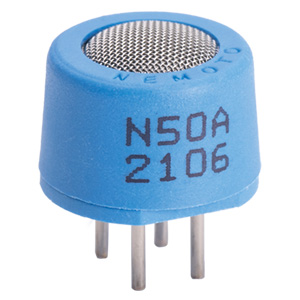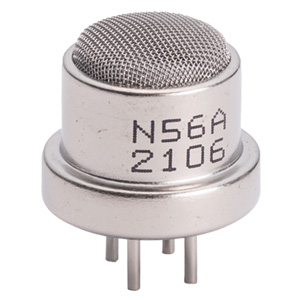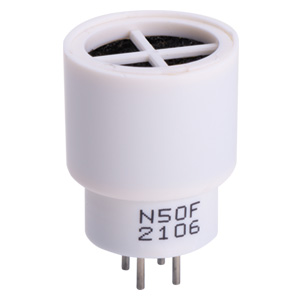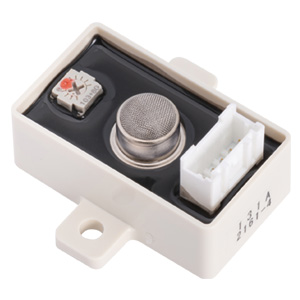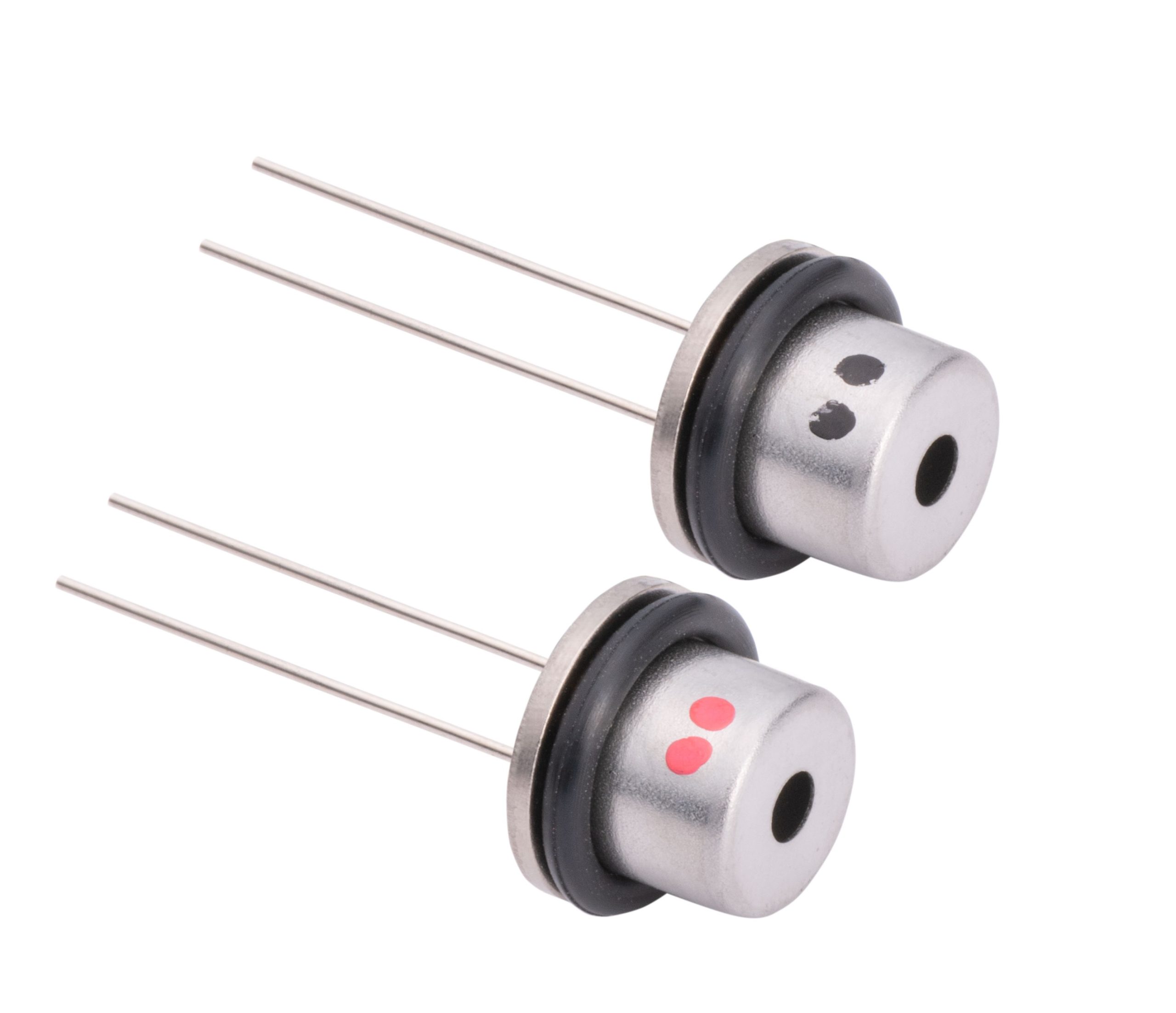LANGUAGE
PRINCIPLE
Contact combustion type gas sensor
- Top
- Know the sensor
- Contact combustion type gas sensor
What is a contact combustion type gas sensor?
It is a sensor that specializes in detecting flammable gas.It is installed in equipment such as gas leak alarms, water heaters, and fuel cells.
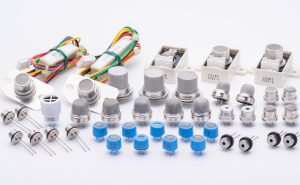
Features
- The output has excellent linearity in the gas concentration range from 0 to the lower limit of explosion (LEL).
- Excellent response characteristics
- Very little effect from ambient temperature and humidity
- Maintain stable properties over the long term
Basic structure of contact combustion type gas sensor
As shown in Fig. 1, the basic structure of the contact combustion type gas sensor is to weld a platinum wire coil between two electrode pins and form detection and compensation elements in the coil part in the center of the platinum wire. ..The heat shield plate in the center is to prevent heat interference between the detection element and the compensation element.Stainless steel wire mesh has a structure with explosion-proof performance, and in addition to metal mesh, there is also a sintered metal type, which is selected according to the application.A heat-resistant insulator is used for the mount base.
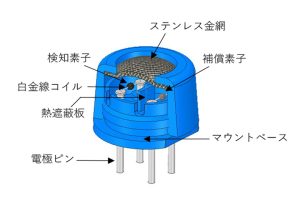
Figure 1: Basic structural diagram of the contact combustion type gas sensor
Detection principle of contact combustion type gas sensor
The platinum wire coil used in the detection element and compensation element can be thought of as a kind of thermistor.In general, the electrical resistance of metal is affected by temperature changes.As the temperature rises, the electrical resistance increases, and as the temperature decreases, the resistance also decreases.The contact combustion type gas sensor uses this to electrically capture the temperature change of the element that has risen due to the catalytic combustion reaction of the detection element as the change in electrical resistance, and detect the gas.Since the range of change in electrical resistance is proportional to the gas concentration, the gas concentration can be easily measured.
For the actual measurement, a resistance measurement circuit called the Wheatstone bridge in Fig. 2 is used.First, set the voltage between AB in the clean atmosphere to an arbitrary voltage value by VR1 (variable resistance). (This voltage value is called the zero point, air value, Va, etc.) When the gas to be detected touches the detection element, a catalytic combustion reaction occurs on the surface of the element and the resistance value of the detection element changes.This disrupts the equilibrium between ABs and creates a significant potential difference between ABs.As mentioned above, the electric resistance value of the detection element is proportional to the gas concentration to be detected, so the gas concentration can be measured by the magnitude of this potential difference.
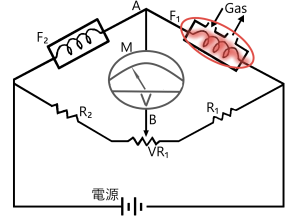
Figure 2: Measurement circuit diagram
F1: Detection element F2: Compensation element M: Voltmeter
R1 R2: Fixed resistance VR1: Variable resistance
Main detection target gas
Methane, isobutane, and other combustible gases in general

